Iceland has lots of birds, but not what I would call lots of variety. I think that’s typical of northern climes. I’ve already showcased the common eider, which we saw in great numbers in many places.
Catching birds on the fly – mine and theirs, sometimes – isn’t conducive to phabulous photographs. It is, however, conducive to several chances at the same species, most of them new to me. So let’s just take a quick look, shall we?
Tufted Duck
Like the red wing blackbird and the yellow-headed blackbird, here’s another bird in “The answer is in the question” group. What’s that duck with the tuft? A tufted duck. That broad white side panel and the orange eye remind me of the ring-necked duck, which I know from Phoenix.
Whooper Swan
I see swans in Myrtle Beach, but not this fellow: the whooper swan. This guy seemed to be playing in the pond adjacent to the Reykjavik City Hall. He’d drift tranquilly from one side of the pond to the other and then take off in a heart-attack-inducing flurry of wings and feet – all the way back to his starting point. And repeat.
Redwing & Juvenile Starling
We saw loads of the birds on the left: the redwing, or turdus iliacus, which seems an unnecessarily rude name. A thrush, it acts just like our robin and is about the same size. The guy on the right is a juvenile starling, which Merlin identification I accepted only after checking with my personal Bird Help Desk.
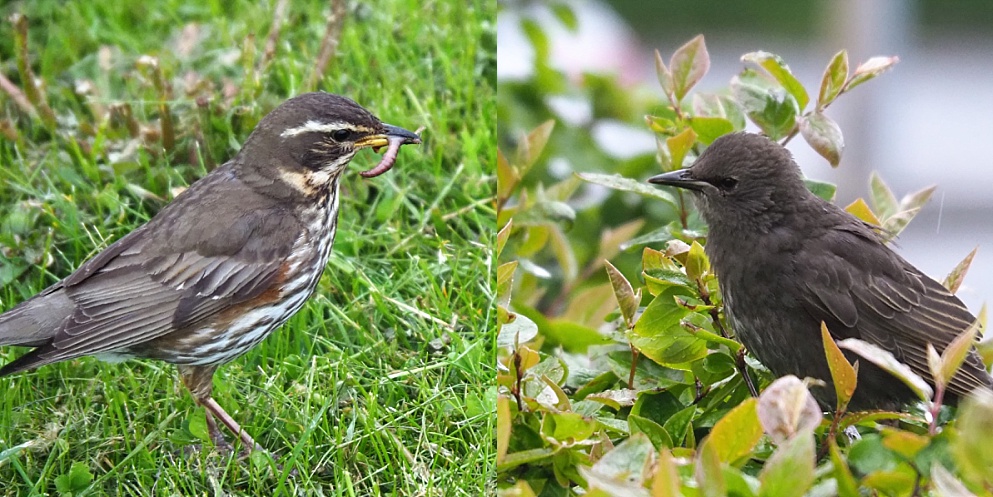 Black-headed Gull
Black-headed Gull
At the Herring Museum, a whole squadron of black-headed gulls put on a sideshow, coming down to scoop something out of the dark waters of the adjacent pond. A few of these look as if the bird is standing on something just under the water’s surface, but they were actually hovering.
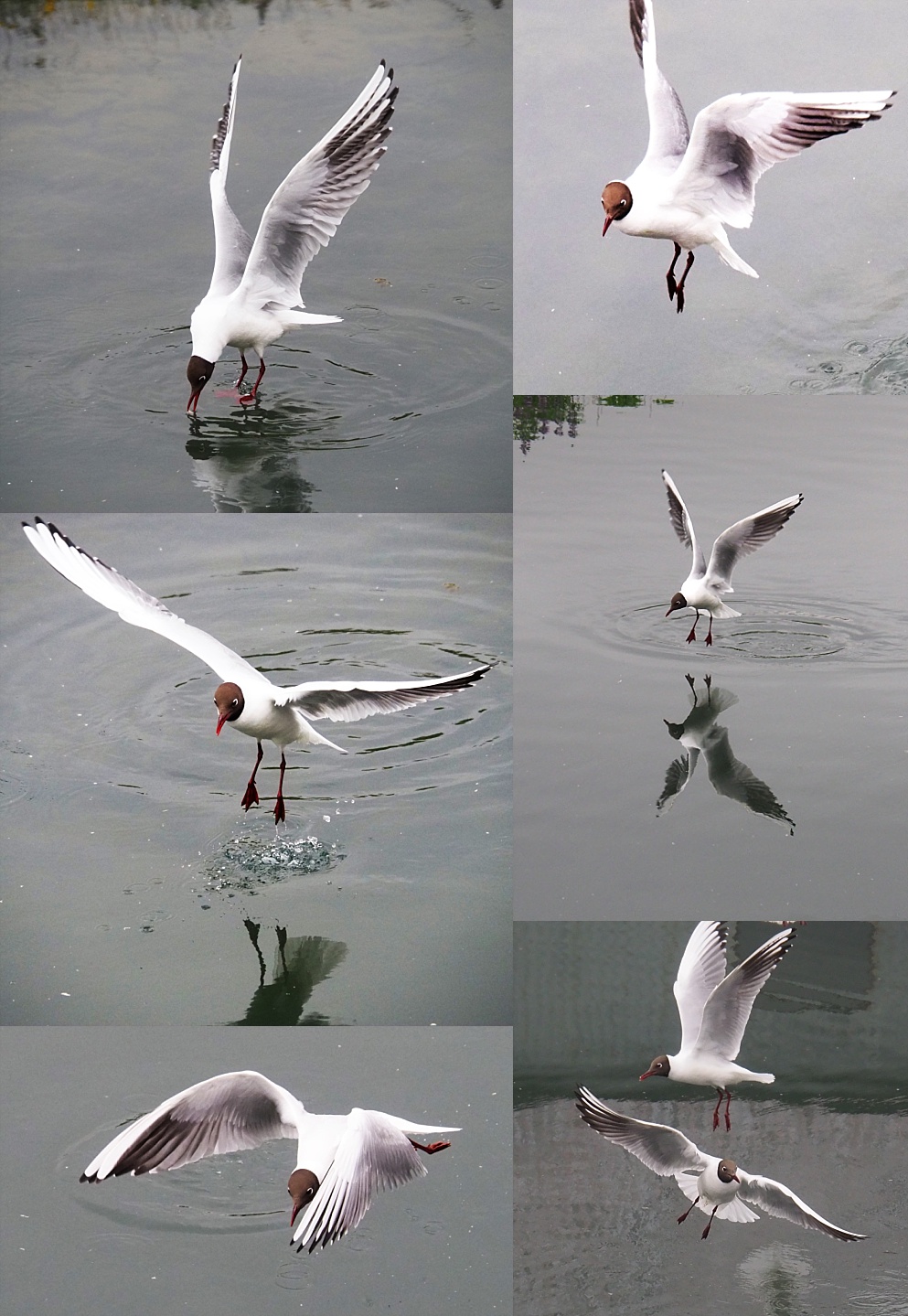 White Wagtail
White Wagtail
In the spirit of just-in-time training, I first heard about the white wagtail at a shipboard lecture the night before seeing this guy near the dock after disembarking from our zodiac. There he was, hopping around, wagging his tail.
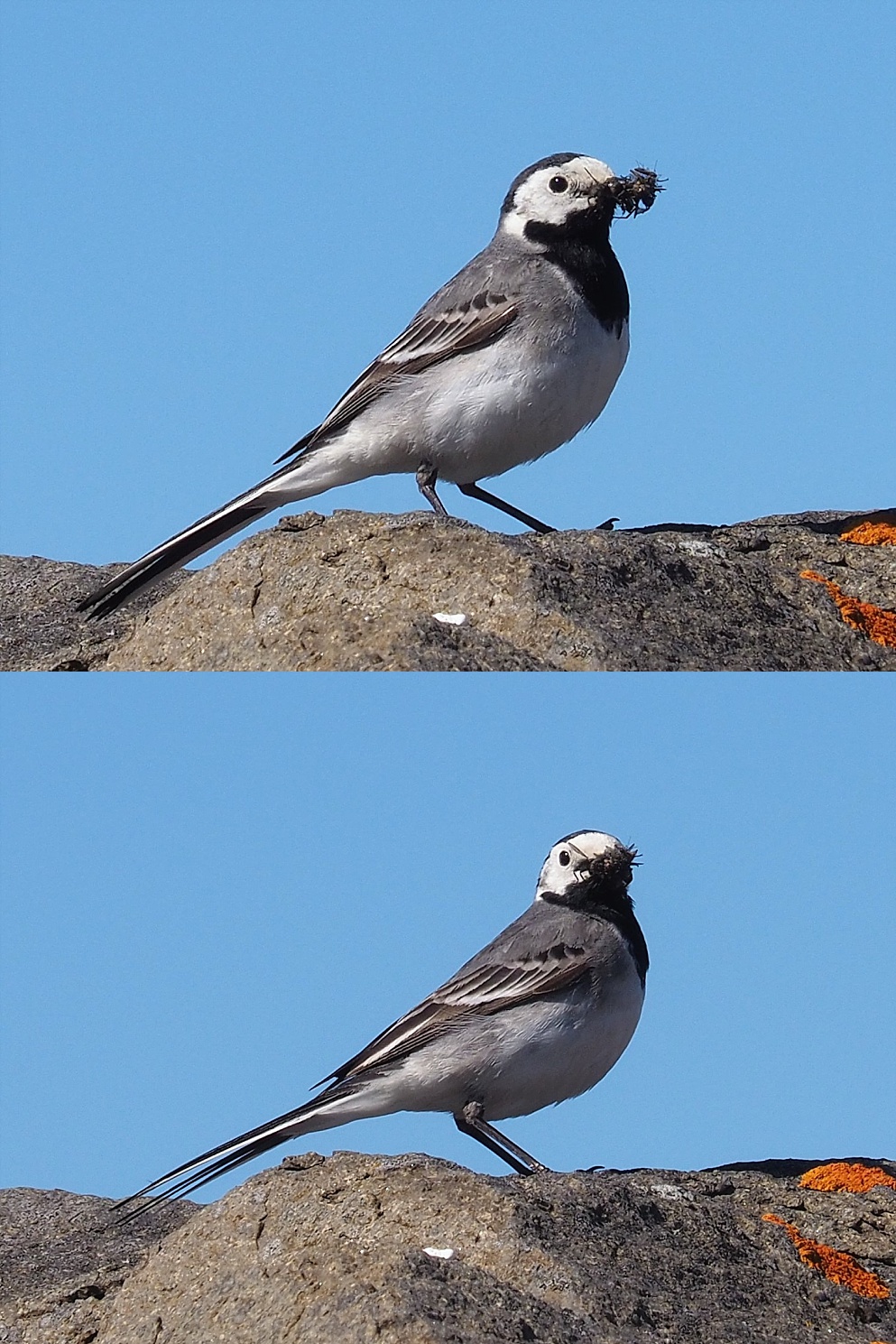 Golden Plover
Golden Plover
These Icelandic harbingers of spring were fast and far away. I was just able to see that the bird on the right was trying the “broken wing” ploy to attract us away from one of the many nests in the field we were walking carefully across. Luckily, the eggs sat still for their photograph.
 Snow Bunting
Snow Bunting
Aww. Cute, eh?
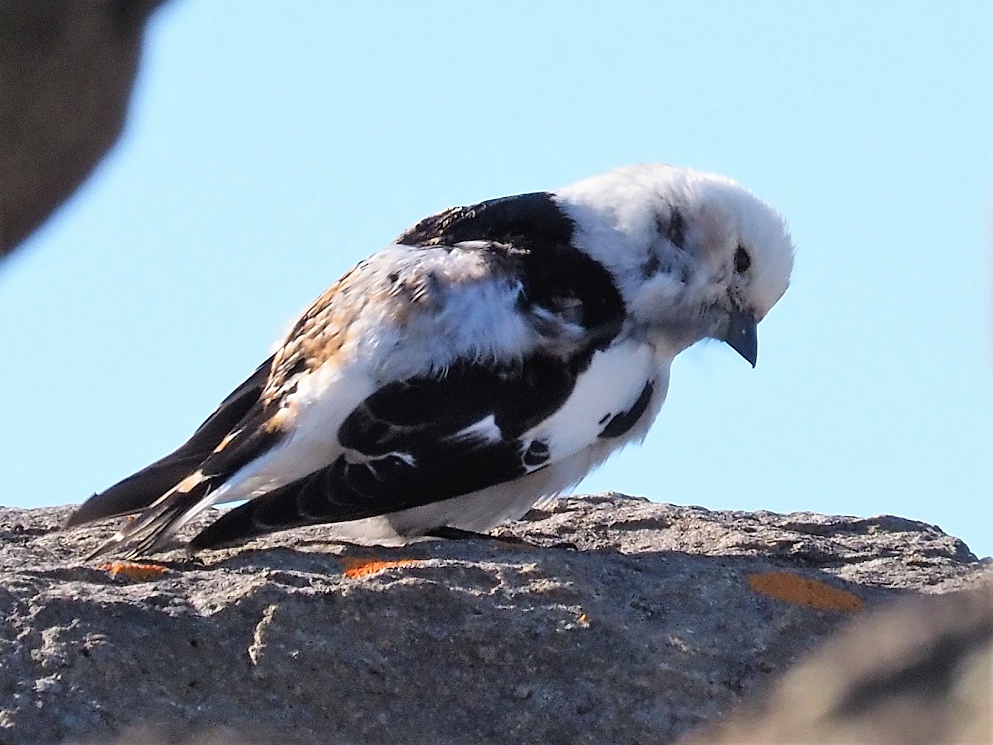 Slavonian Grebe
Slavonian Grebe
I was calling this the Slovenian grebe until I googled it. Likewise, I was thinking I had a new species for my non-existent life list, but it turns out to be a sub-species of the horned grebe I’ve seen in Arizona. This first series shows buddy catching a fish.
![]() This second series shows that buddy’s fishing grounds were too close to an Arctic tern’s nest.
This second series shows that buddy’s fishing grounds were too close to an Arctic tern’s nest.
Watch out! Get out! The caption depends on your point of view.
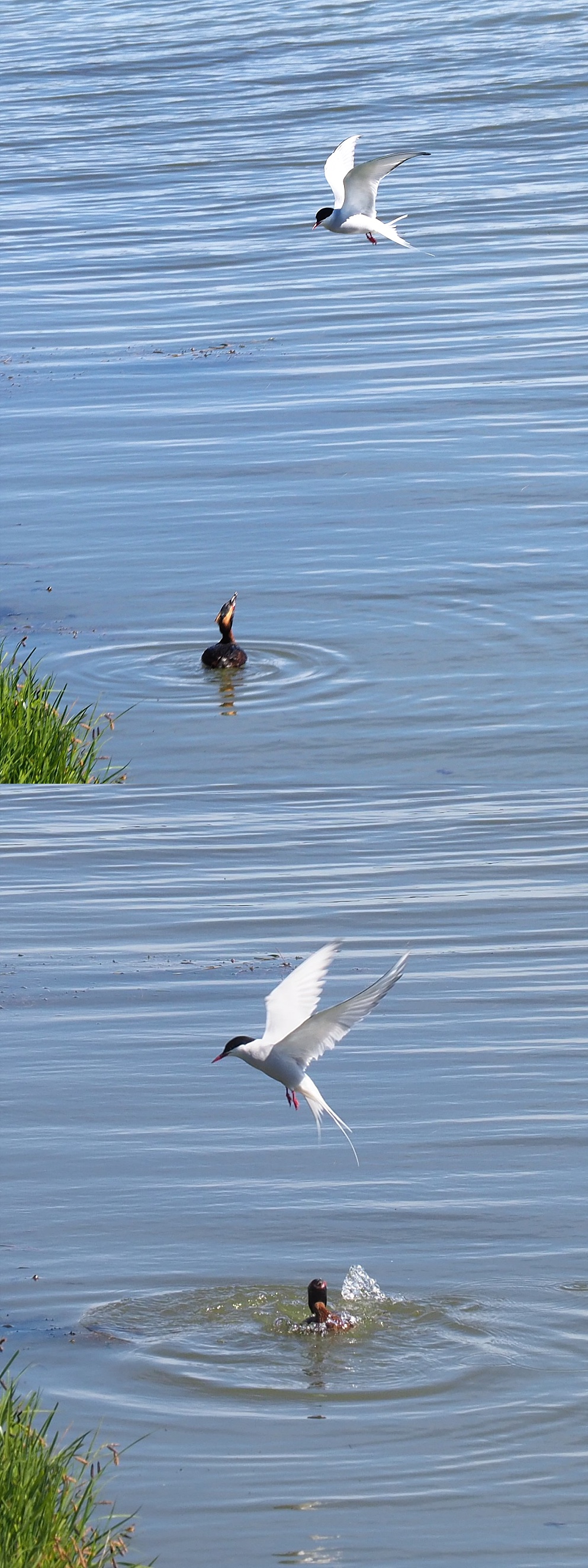 Common Snipe
Common Snipe
Snipe hunts are practical jokes, getting the unsuspecting to chase a mythical animal, but snipes are real birds.
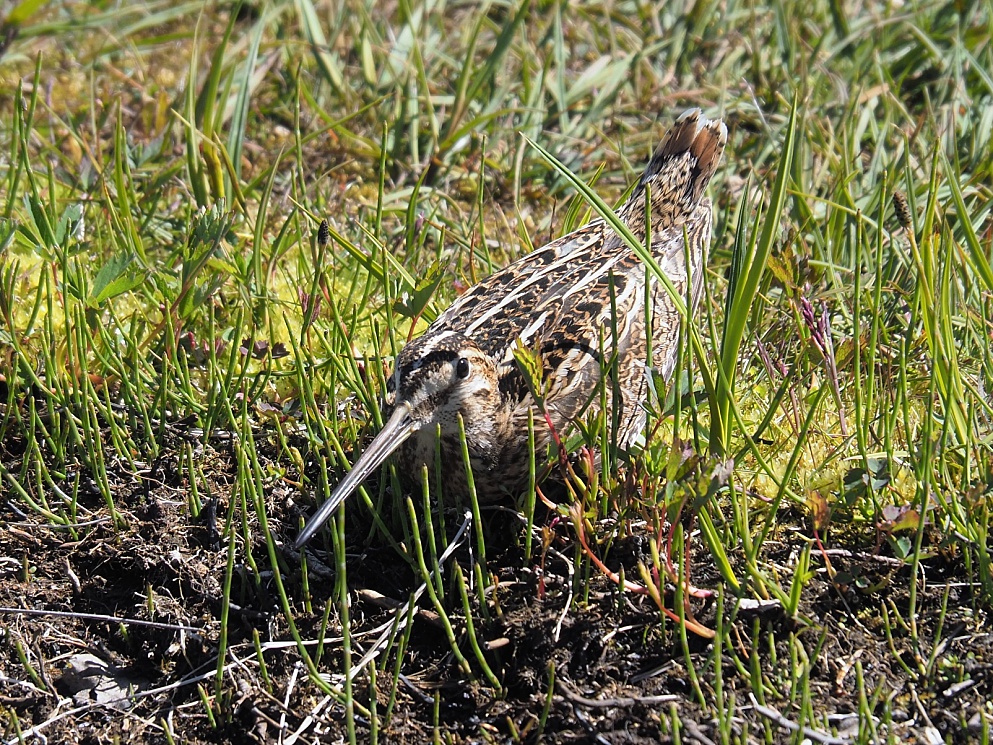 Eurasian Oystercatcher
Eurasian Oystercatcher
I first saw oystercatchers near Inverness in 2012. Since then, I’ve also seen them on oysterbeds along the east coast of North America. They’re striking if slightly squawky birds.
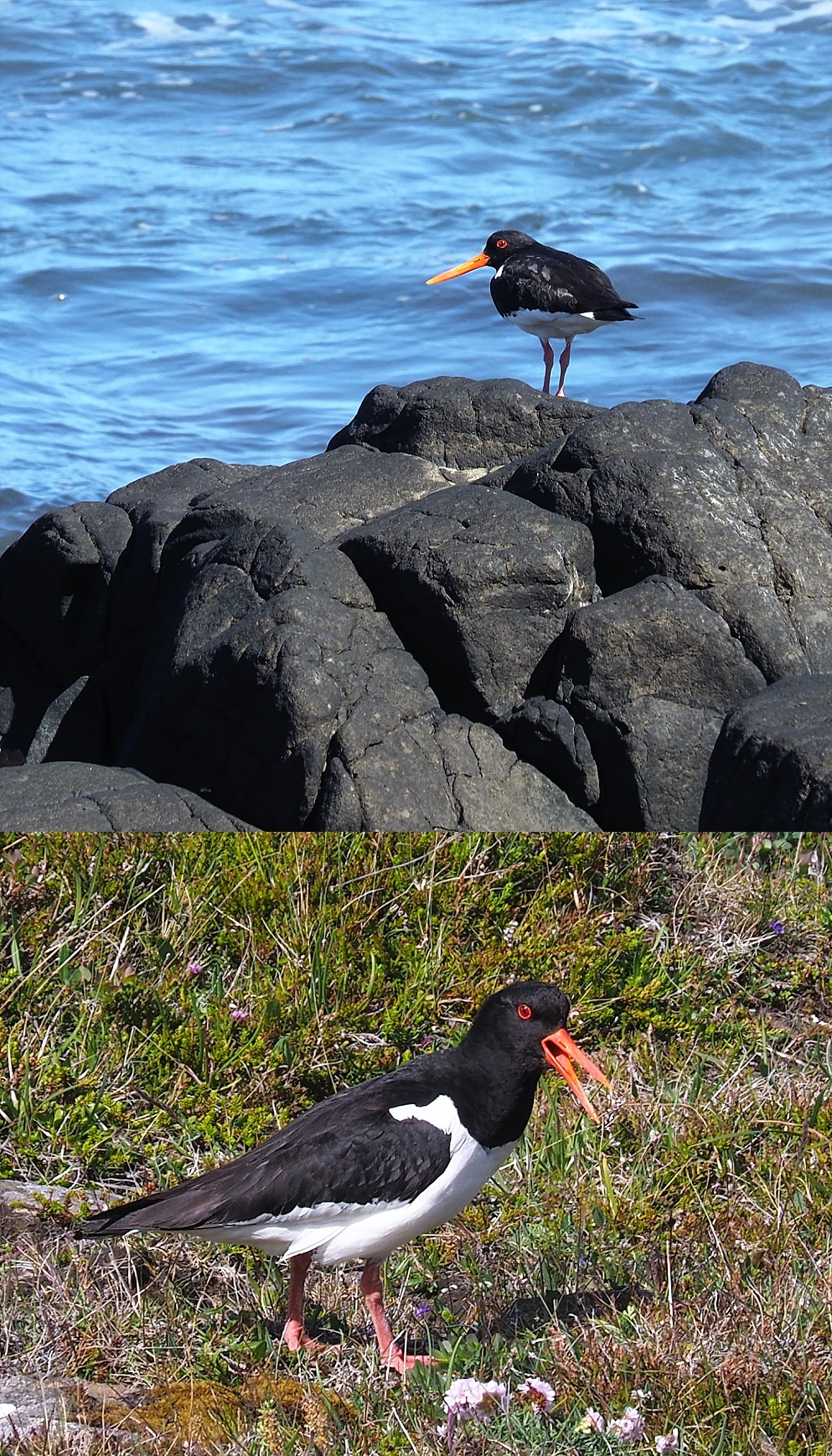 Redshank
Redshank
Seen in many locations, the redshanks were one of the first new birds we learned to identify. Something about those red, umm, shanks . . .
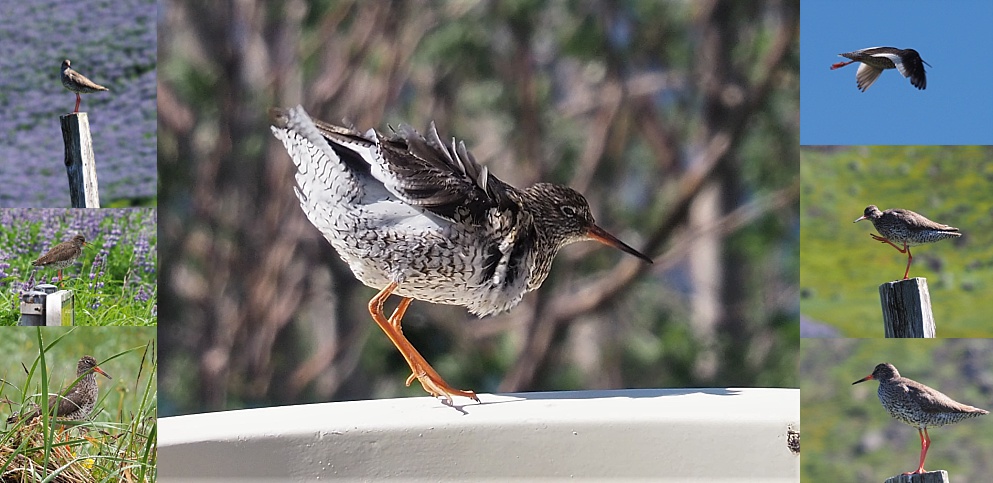 Arctic Terns
Arctic Terns
Unlike the golden plover, which relies on misdirection to protect its young, the Arctic tern relies on intimidation. Our hiking path took us along a road smack dab through the middle of a nesting site, and the terns were not impressed. They dive-bombed us repeatedly. The baby was smack dab in the middle of the road.
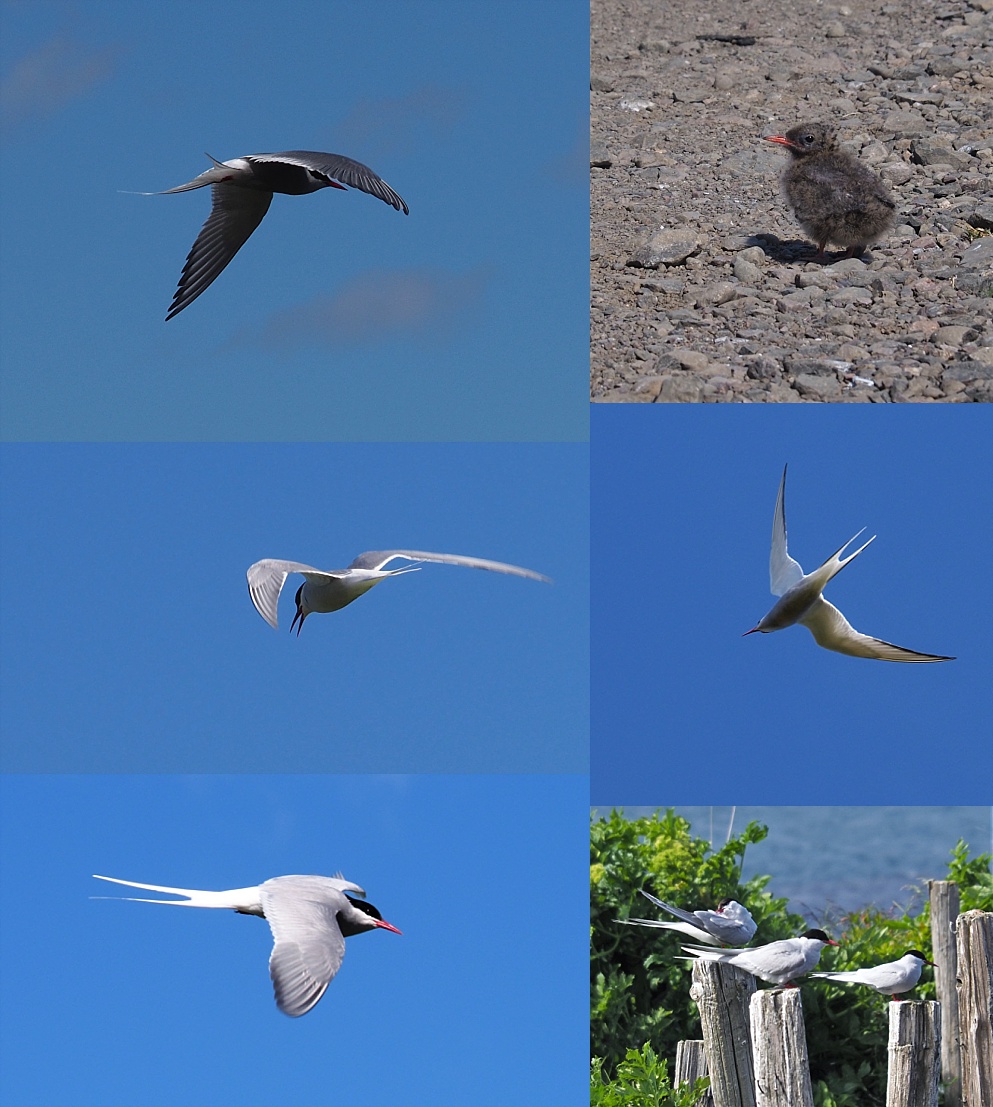 Domestic Geese
Domestic Geese
Also cute.
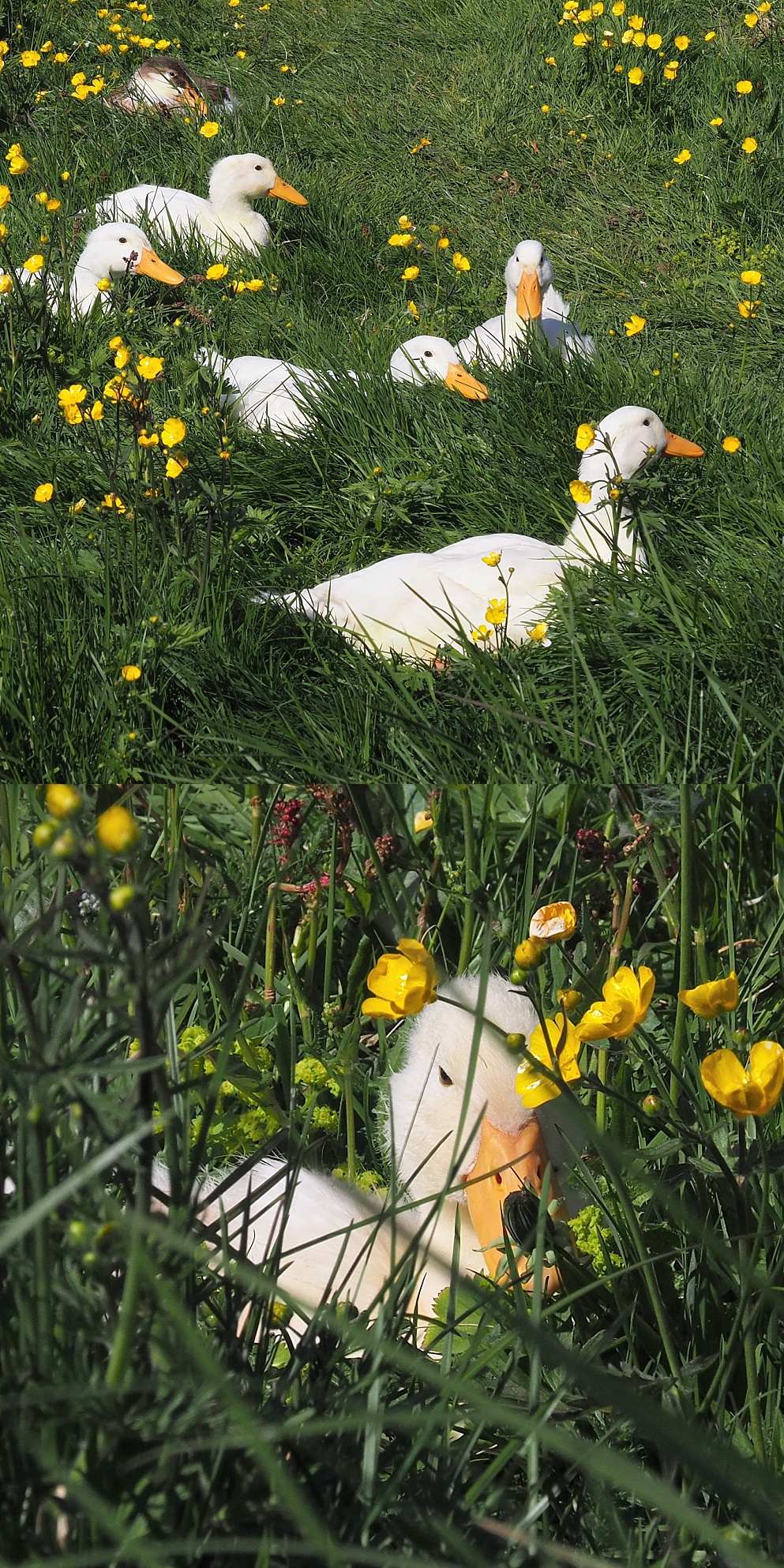 Atlantic Puffin
Atlantic Puffin
Because you can never have too many puffins . . . We spotted these on a whale-watching trip.
Isabel – perhaps the origin of the term ‘snipe hunt’ is because they are so darned hard to hit when you are hunting them. They are like pheasant in that they wait until they are almost under your feet before they rise up and then are gone in a blur – usually with a tree or two between you and them, Having this little missile rise up right at your feet really gets your heart rate up and that doesn’t improve your aim.
John – Interesting. Mourning doves also do that – explode out of a bush where they were perfectly well concealed.
Isabel
You take such wonderful pictures!
Tom
Tom – Many thanks. You leave such lovely comments!
very nice collection Isabel. A lot more birds from Iceland than I have seen others come back with !
Jim – Thanks! I guess the birds are in the eye of the beholder. We also saw redpoll (no close views), but missed the white-tailed eagle, and never got close to puffins.
I think the pic of the Tufted Duck and the water around it is really marvelous.
Thanks kindly, Paul. The light was what I’d call “flat,” but the camera often does good things with water. I have a shot of a penguin in the Galapagos where the camera added some colour and sheen. If only I knew exactly how/when it was doing it, I could get it more reliably. 🙂
You’ve increased my bird knowledge – thanks! Beautiful photos as usual.
Alison – Thank *you.*
Lovely Isabel! The Slavonian Grebe reminds me of a few red-eyed people I’ve worked with in Proposal Land. 🙂
Carla – hahaha I hadn’t thought of that but you’re right. And maybe the dive-bombing terns bring back memories, too, eh?